The The Thing (1982) episode of WTF Happened to This Horror Movie? was Written by Cody Hamman, Edited by Joseph Wilson, Narrated by Jason Hewlett, Produced by Lance Vlcek and John Fallon, and Executive Produced by Berge Garabedian.
John Carpenter’s The Thing (watch or buy it HERE) didn’t go over well at all when it was released in 1982. Ignored by movie-goers, it was a box office failure. Reviled by critics, it even saw Carpenter being labelled a pornographer of violence by some reviewers. It was such a disappointment for the studio, they took another project away from Carpenter as punishment. But it gradually found its audience, building up a cult following. And soon, a legion of fans and critics alike began calling it one of the greatest horror movies ever made. It didn’t take long for The Thing to go from being known as reprehensible trash to being considered an all-time classic. So let’s take a look at the making of this classic with a new episode of What the F*ck Happened to This Horror Movie?
It all goes back to author John W. Campbell, who started writing science fiction stories as teenager. Several of his stories were published in the pages of Amazing Stories, which earned him the reputation of being a writer of space adventures. So when he started writing stories that weren’t space adventures, he used the pen name Don A. Stuart – inspired by the name of his wife, Doña Stewart. Under the Stuart name, he wrote the story that inspired The Thing. The story initially had the title Frozen Hell, but after removing the first three chapters and doing some revisions he decided to call it Who Goes There? Published in the pages of Astounding magazine, Who Goes There? is said to have been the last significant piece of writing Campbell ever did – and he was only twenty-eight at the time. For the remaining thirty-three years of his life, he focused on serving as the editor of Astounding magazine. Which he renamed Astounding Science Fiction.
Who Goes There? tells of an incredible discovery made by the inhabitants of a research outpost in Antarctica. Beneath the snow and ice is a UFO that crashed on the continent long ago… and near the downed vehicle is an alien that emerged from within. Only to end up frozen in the subzero temperatures. The corpse of this alien Thing is taken back to the outpost. When it thaws out, it’s still alive, and it has the unique ability to perfectly replicate other life forms. Now the people at the outpost can’t be sure which of them is still human. And which among them have been assimilated, replaced by the Thing. This concept was so intriguing, filmmaker Howard Hawks purchased the film rights to Campbell’s story. But it had to be simplified for the adaptation The Thing from Another World, which RKO released in 1951. Produced by Hawks and directed by Christan Nyby, that film moves the setting to the North Pole. And drops the idea that the alien can take the form of the people. There it’s simply a rampaging humanoid being, played by six-foot-seven actor James Arness.
The Thing from Another World did well at the box office, and was the most successful science fiction film of the year. Campbell understood that changes had to be made to the story on the way to the screen. He figured the original concept would have been too scary for 1951 audiences to handle anyway. So he was fine with the movie, and hoped it would make some viewers get into science fiction. One fan of that film was aspiring director John Carpenter, who first met future producer Stuart Cohen while they were attending film school. Cohen had been a fan of Who Goes There? since reading it when he was just twelve years old. He and Carpenter would first discuss the story and the film adaptation in the University of Southern California cafeteria in 1970. Cohen had a dream of someday getting to produce a new adaptation of Who Goes There? Carpenter was so reverent of The Thing from Another World, he at first felt like it should just be left alone. A remake couldn’t match up to what Hawks and Nyby had made. But then he began to see the potential of making a more faithful adaptation. A movie that presented the alien Thing in the same way Campbell did in his story. As Cohen wrote on his blog The Original Fan, which is packed with information on the making of The Thing, he loved Who Goes There? because the heart of the story is a locked door murder mystery. He felt that its “strength lay in it’s success in dramatizing the internal nature of the conflict and the resultant issues of trust and identity rather than the external threat posed by the creature”.
In 1975, Cohen took the idea of making a new adaptation of Who Goes There? to producer David Foster, whose company had a deal with Universal. At that time, The Sugarland Express writers Hal Barwood and Matthew Robbins had the rights to Campbell’s story, but they didn’t have any intention of doing anything with it. So they gladly sold the rights to Cohen and Foster. To make sure their version of the story wouldn’t run into any legal trouble, Universal also secured the rights to remake The Thing from Another World. This was important to do because Universal wanted to cash in on the popularity of The Thing from Another World and call the new movie The Thing. Cohen had been hoping they could call it Who Goes There? The rights to the 1951 film were in the hands of Wilbur Stark, who had bought the rights to many films in the RKO library when that studio ran into financial trouble. At one point, Universal was planning to team up with Stark on a series of RKO remakes. But when The Thing and a remake of Cat People were both box office failures in 1982, that plan got tossed in the trash.
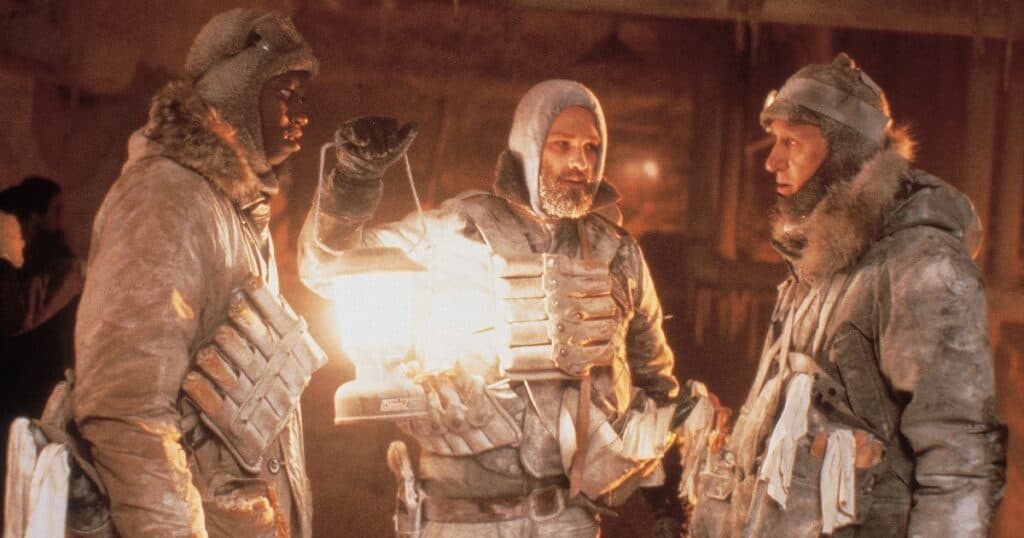
Cohen wanted his friend Carpenter to direct The Thing, but Universal wasn’t open to the idea. Carpenter was a total unknown, years away from making Halloween. He had only directed Dark Star then, and was working on Assault on Precinct 13. So the studio turned to an established horror director: The Texas Chainsaw Massacre’s Tobe Hooper. The problem was, Hooper and his Chainsaw co-writer Kim Henkel were not fans of Who Goes There? They had no interest in digging into the issues of trust and identity. They didn’t want to have to deal with a creature that can assimilate and replace its victims. So they wrote a straightforward creature feature about a man hunting a monster in Antarctica. That wasn’t a movie anyone involved was interested in making, so Hooper and Henkel moved on and The Thing continued making its way through development hell. Future An American Werewolf in London director John Landis was offered the chance to work on the project. He passed. Playwright David Wiltse wrote a draft of the script, but clearly considered the material to be beneath him. Logan’s Run screenwriter William F. Nolan wrote a treatment. According to Cohen, all of the scripts that were written during this time avoided using the idea of the creature assimilating people and causing paranoia among the characters. The producers were having so much trouble getting a satisfactory script, Universal was losing interest in the project. Then Alien was released in 1979 and became a hit for 20th Century Fox, proving there was an audience for horror movies about creatures from another world. Universal became enthusiastic about The Thing again. And since Carpenter had just had huge success with Halloween, they finally agreed to let Cohen hire his director of choice.
Carpenter signed on under the condition that his film would bring the ideas of Campbell’s story to the screen. The alien creature would assimilate people. The characters wouldn’t know who among them was a human and who was the Thing. He also insisted that the movie would have to include the standout sequence from the story: one where the people at the outpost perform a blood test to find out which one of them has been taken over. Every bit of the Thing is a living being itself, so if a heated wire is stuck into a petri dish of the creature’s blood, it will react. Subjecting everyone to this blood test proves to be a very effective way of revealing who has been assimilated. The blood test scene would end up being one of the most popular moments in the movie.
Carpenter didn’t want to write the script himself, so multiple potential writers were considered. Legendary horror author Richard Matheson declined an offer to write the script. Carpenter considered Quatermass creator Nigel Kneale, but ended up working with him on Halloween III instead. Cohen had been a fan of the 1976 comedy The Bad News Bears, so he brought in writer Bill Lancaster. With The Bad News Bears, Lancaster had already proven he was great at writing an ensemble piece. And after reading Who Goes There?, Lancaster said he was interested in getting the chance to really play up the paranoia. That’s exactly what Carpenter and Cohen wanted to hear. So Lancaster went to work writing the script. It looked like The Thing was on track to go into production and be ready to reach theatres in the summer of 1981.
But Lancaster missed his deadline by three and a half months. By the time he turned in his first draft of the script in late 1980, a summer ‘81 release was no longer an option. Carpenter and the producers didn’t mind the delay once they got a look at his script, though. They were blown away by what Lancaster had managed to do with the concept. He had written the perfect cinematic adaptation of the ideas in Campbell’s novella. While there were around forty people at the research outpost in Campbell’s story, Lancaster whittled the count down to just twelve. The bare essentials. Since most of the story takes place within the confines of the American outpost (Outpost 31, to be exact), he had been asked to open up the scope in the first half. He did so by adding in another research camp: a Norwegian camp. He wrote that the Norwegians were the ones who discovered the crashed UFO and its frozen passenger. So by the time the Americans get involved, the story is already in progress. They have to catch up and figure out what’s going on.
Lancaster’s script begins with a chase across the vast, snow-covered land of Antarctica. A dog being pursued by a helicopter from the Norwegian camp. The two passengers of the helicopter are acting very strangely. Freaking out, firing shots at the dog. When the dog reaches the American outpost, the behavior of the Norwegians gets them killed. One mishandles a grenade, blowing up himself and the helicopter. The other is still armed and is coming off like a threat, so one of the Americans shoots him. The dog is taken into the outpost and a few of the Americans fly off to see what’s going on at the Norwegian camp. Nothing’s going on there. The place is destroyed, there’s no sign of a life. But there is the frozen corpse of a human. And the burnt corpse of a monstrous creature with human organs. The Americans soon find out that the Norwegians had discovered a crashed UFO, and head out to the crash site to see this vehicle for themselves. Somehow it’s even creepier to see the characters checking out a UFO that has already been unearthed than it would have been to watch them discover it and dig it up. It’s also helpful to the story, because the discovery and the unearthing of the UFO would have taken up a lot of time. That’s what happened in the three chapters Campbell cut out of his novella. This way the discovery has already been made and the Thing is already on the loose. In fact, it has already infiltrated the American outpost. The Norwegians wanted to destroy that dog because it was an alien creature. As the Americans find out when it attacks the sled dogs in their kennel. Now they know they’re dealing with an alien that can assimilate other living beings and replace them. This Thing has already assimilated people in their camp. And they have to find out which one of them is a Thing. Not just for their own survival, but for the survival of the planet. If the Thing makes it to another continent, the entire world population will be assimilated in just three years. If the threat isn’t contained within this little outpost in Antarctica, it will be an apocalyptic scenario. What a way to start the winter.
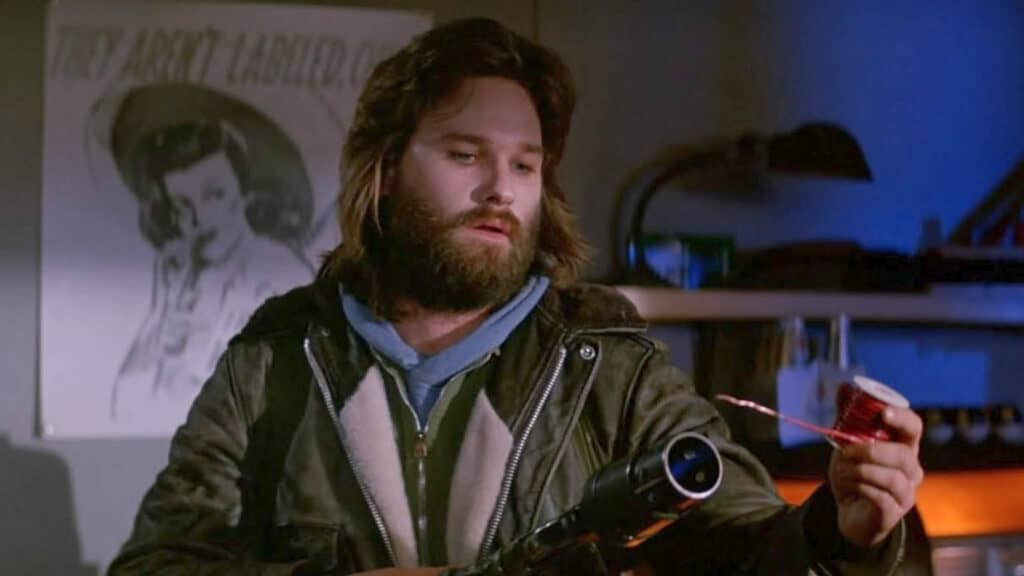
There are no female characters in The Thing. Every person at the American outpost is a man. The producers were prepared to defend this choice if the studio took issue with it. But they didn’t have to. Universal was impressed with Lancaster’s script and immediately gave the project a greenlight. But for a moment, it looked like Carpenter wasn’t going to be directing after all. He had a Western project called El Diablo set up at another studio before he signed on for The Thing, and it looked like the Western was about to get its own greenlight. If it did, Carpenter felt he would have to choose El Diablo over The Thing. Universal liked Lancaster’s script so much, they didn’t want to wait for Carpenter to be available again. Other directors were considered: The Getaway’s Sam Peckinpah, The Bad News Bears director Michael Ritchie, The Warriors director Walter Hill, who had also produced Alien. But a director switch wasn’t necessary. El Diablo didn’t get a greenlight after all. That movie did get made, but not until 1990. Carpenter produced it, with Peter Markle directing.
Now Carpenter had to find a cast to bring Lancaster’s characters to life. Given that he had just worked with Kurt Russell on Elvis and Escape from New York, you might think that casting Russell in the film was his first decision. But that wasn’t the case. Russell was actually the last person to be cast in the film. Actors who were considered for the role of helicopter pilot MacReady before Russell was hired include Christopher Walken, Nick Nolte, Sam Shepard, Jeff Bridges, and Kris Kristofferson. John Heard, Ed Harris, Jack Thompson, Tom Berenger, Brian Dennehy, Scott Glenn, Peter Coyote, Fred Ward, Tim McIntyre, and Tom Atkins were all brought in for meetings about the role. Dennehy was also a contender for the role of physician Doctor Copper, as was William Daniels, but the role ended up going to Richard Dysart. Thomas Waites was cast as radio operator Sanders, who earned the nickname Windows when Carpenter had Waites put on a pair of sunglasses. Richard Masur met about the role of meteorologist Bennings, but was cast as dog handler Clark instead. Bennings was played by Peter Maloney. Joel Polis was cast as assistant biologist Fuchs, Charles Hallahan as geologist Norris, T.K. Carter as cook Nauls.
Carpenter had Escape from New York cast members in mind for the roles of mechanic Childs and station commander Garry. He wanted Isaac Hayes for Childs and Lee Van Cleef for Garry. But he was open to seeing other actors about the role. Which is why Geoffrey Holder, Carl Weathers, and Bernie Casey were all considered for Childs. Ernie Hudson was nearly cast as the character – but then Keith David entered the picture and won the role. Potential Garrys included Jerry Orbach, Kevin Conway, Richard Mulligan, and Powers Boothe. But when filming began, it was Donald Moffat who played the character. Carpenter thought of casting Halloween and Escape from New York’s Donald Pleasence as biologist Blair. Then decided to go with Wilford Brimley instead.
Having worked with special effects artist Rob Bottin on The Fog, Carpenter chose him to handle the effects on The Thing as well. And Bottin wanted to do more than just provide the special effects. He wanted an acting role, and had his sights set on playing mechanic Palmer. It was decided that the special effects would be too demanding for Bottin to also be able to appear in the film. And since the effects work took so much out of Bottin that he ended up being hospitalized with exhaustion, double pneumonia, and a bleeding ulcer, that was the right decision. There was some thought given to casting a comedian as Palmer. Jay Leno, Garry Shandling, and Charles Fleischer were all brought in to meet about the role. But it went to David Clennon, who is neither a comedian nor a special effects artist.
With the cast in place and Bottin working hard on the special effects, plus Stan Winston assisting with the dog-Thing effects, filming on The Thing began in June of 1981. The first footage shot was the helicopter chasing the dog across the snow. A sequence that was filmed in the Juneau Icefield at the border of Alaska and British Columbia. While they were at the icefield, the crew also filmed the shot of MacReady, Palmer, and Norris exiting the helicopter to approach the UFO crater. None of the actors were present for this shot. Those are crew members wearing the characters’ winter clothes and protective gear. That might even be Carpenter himself as MacReady.
The exterior of the American outpost was built in Stewart, British Columbia – which was then considered to be the snowfall capital of the world. But most of the interior scenes were filmed in Los Angeles, on sets that were refrigerated to almost freezing temperatures. Eight weeks of shooting took place on those sets. And much like in the movie itself, there was some tension and paranoia among the cast during this time. Some of the actors didn’t feel that Carpenter was communicative enough. Some felt he was more focused on the monster effects than on their characters. At times there would be long delays on set while the effects were being prepared. Tired of hearing his co-stars complain so much about the creature effects, Wilford Brimley told them, “Don’t you guys get it? It’s all about the Rubber Man.” Although Brimley was in tune with what The Thing was, he was also the only cast member who wasn’t required to make the trip up to the exterior sets in Stewart. His character is only seen outside a couple times, and those shots could be accomplished with a double.
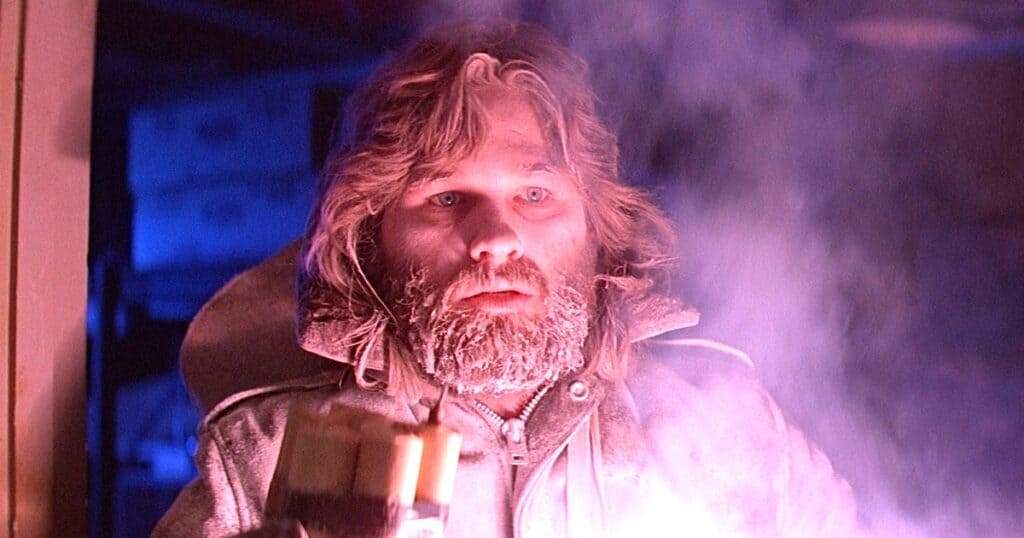
Shooting began in June so the Los Angeles portion of the shoot would be completed before a potential labor strike in October. The Stewart portion of filming couldn’t begin until December, so there would be plenty of snow at the outpost. That meant there was a six week gap in the schedule, which allowed Carpenter to go through the footage with editor Todd Ramsay. He was not happy with what he saw. The exterior scenes hadn’t been shot yet and neither had some of Bottin’s effects. But Carpenter already felt like the film was coming off as long and dull. And confusing, as the way the Thing assimilates victims wasn’t explained well enough. Carpenter had done extensive reshoots on his previous horror film, The Fog. He didn’t want that to happen again. So he began writing new scenes to fill out the second act. Scenes that would make it clear how the Thing operates, including a moment where Blair watches a demonstration of the assimilation process on a computer. Scenes that changed the fates of the Bennings and Fuchs characters. Scenes that put more focus on the MacReady character. And scenes that would increase the tension. To fight against the feeling of the movie being long and dull, Carpenter and Ramsay started cutting out any moment and any dialogue exchange that didn’t progress the plot. By the time two hundred and fifty crew members and the film’s cast – minus Brimley – gathered together in Stewart, Carpenter had figured out how to make The Thing into the classic that it is.
Which isn’t to say the movie we got is exactly what Carpenter and his collaborators envisioned. Although the movie had a healthy budget of fifteen million dollars, some moments had to be cut for budgetary reasons. Like a helicopter crash, which they tried to film with a miniature. It looked ridiculous. Also a major set piece that would have been set outside, with monster tentacles bursting out of the ice and a dog creature leaping through the air, transforming in mid-air. Any time something got cut for being too costly, Carpenter and the producers would joke that they were saving that for the twenty-five million dollar version. Universal put some money into the creation of an experimental camera that would allow Carpenter to do extreme changes in speed with a remote control. He thought this could be an interesting way to film things like tentacles moving around. But the camera didn’t work quite right, so it wasn’t used. A lot of money was saved when Carpenter decided they should only build one outpost in Stewart, as the plan had been to build two. The functional American outpost and the destroyed Norwegian one. But the American outpost gets wrecked over the course of the movie, so Carpenter had the clever idea of having the destroyed American camp double as the Norwegian camp.
The Thing was such a demanding production, Carpenter wasn’t able to compose the score for the film, as he usually did for the movies he directed. Jerry Goldsmith was contacted about providing the music, but he was too busy working on Poltergeist and The Twilight Zone. So the producers reached out to Ennio Morricone, who also said he was too busy. But he was convinced to take a look at the footage. Carpenter flew to Rome to show him the footage that was available at that time and to talk to him about the sort of music he would like to have for the film. Which was difficult, since Morricone didn’t speak English and Carpenter didn’t speak Italian. But the meeting went well, and Morricone agreed to compose some thematic suites that could be edited to fit the scenes. Not all of the music Morricone provided was used in the movie. Some of the unused tracks were later used for Quentin Tarantino’s The Hateful Eight. Carpenter also ended up recording some tracks of his own.
Universal was very supportive of The Thing at first, and at one point they considered it to be their biggest chance of having a hit in the summer of 1982. They also had Steven Spielberg’s E.T. the Extraterrestrial on the schedule, but had been underwhelmed by that one at a studio screening. E.T. was a kids’ movie. The Thing was going to draw in the teens and adults. Their attitudes about these films would change substantially once they held test screenings. The test audiences made it clear that E.T. was a heartwarming crowd pleaser, while the bleakness of The Thing was a bummer. Many viewers were disgusted by the violence and the creature effects. There were even walk-outs at the test screenings. And the film’s ambiguous ending – which shows MacReady and Childs sharing a drink out in the cold, and doesn’t clearly state whether or not the Thing has been successfully destroyed – did not go over well. Some viewers were confused by the ending, others were angered by it. Carpenter wasn’t receptive to Universal’s request that he cut down the creature effects. But he agreed to consider changing the ending. Jaws editor Verna Fields was brought in to try to help change the final moments. To make Childs seem less suspicious, and use different line readings to make the scene feel less ambiguous. But given the material they had to work with, the scene couldn’t be changed very much. So there was an alternative option: they cut Childs out completely, leaving MacReady alone in the cold. The version without Childs was screened for a test audience, and scored about the same as the original version. So Carpenter was able to stick with his original ending.
There was another ending shot that Carpenter never intended to use. A happy ending that would show MacReady, having been rescued, sitting at the McMurdo Station, the biggest year-round science facility in Antarctica. In this scene, it would be confirmed that MacReady had not been assimilated. The Thing had been beaten. Carpenter never even screened this ending for the studio. If he had, they probably would have made him put it in the movie.
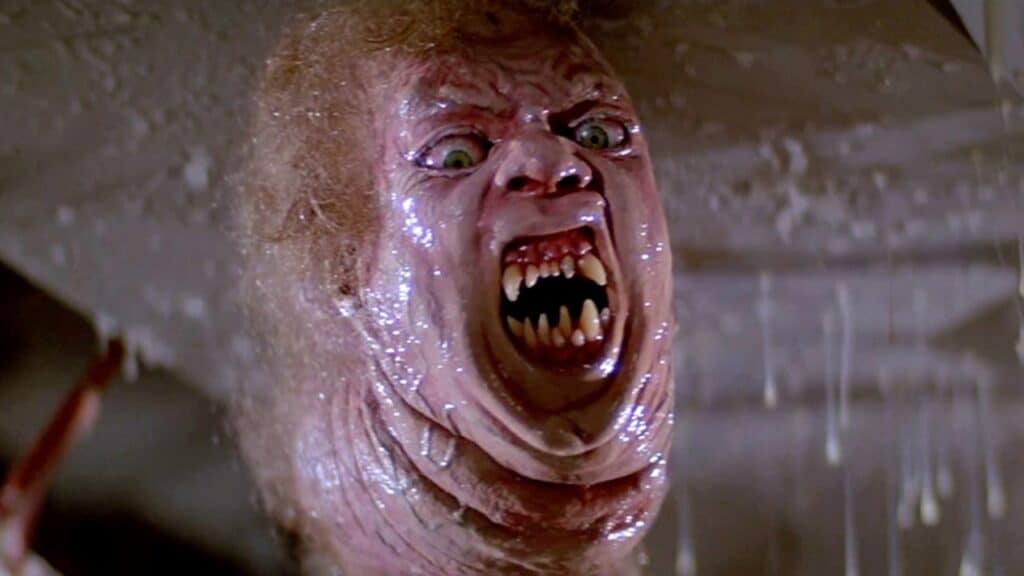
So Universal was stuck with a dark, gross-out horror movie they had lost all enthusiasm for. They poured most of their marketing budget into E.T., which they released on June 11, 1982. Two weeks later, they tossed The Thing out into the world on June 25th. Critics tore the film apart, calling it disgusting, depressing, boring. A moron movie. A barf bag movie. They compared it to porn, traffic accidents, trainwrecks. A common opinion was that Carpenter had gone too far this time. The Thing is Carpenter’s favorite of all the films he has made, and to be called a pornographer of violence for making it really hurt him. Even people who were involved with the film reacted poorly to it at first. There was a feeling that Bottin’s effects overwhelmed everything else in the movie. Visual effects artist Albert Whitlock, whose team provided the matte paintings of the crashed UFO, was offended by the film. Kurt Russell was disappointed that character moments had been cut out in favor of the gross creature moments. He felt the ick factor of the film was too high. He would eventually change his view on that, saying, “The monster is so insane, it’s easy to get past the monster and into the story of paranoia.” But things were different in 1982.
Fans today are very familiar with the poster art Drew Struzan created for the film. The image of a person in winter clothes, their face obscured by a bright glow. It’s the artwork that has always been used to promote The Thing, so by now it’s thought to be iconic. But when Carpenter first saw it, he hated it, feeling that it made the movie look like a slasher. Good or bad, it didn’t draw people in. The general audience didn’t turn out to see the movie. The Thing had an opening weekend of three million dollars, then lost almost half of its screens in the middle of its second week. It was a disaster. Universal had been working with Carpenter and Lancaster on an adaptation of the Stephen King novel Firestarter. When the numbers came in for The Thing, Carpenter and Lancaster were removed from Firestarter. Carpenter and Cohen were also developing a remake of the 1939 film Only Angels Have Wings at a different studio. That project was cancelled due to the failure of The Thing. Luckily, Carpenter was able to go into production on a different Stephen King adaptation, Christine, just six months after The Thing came and went at theatres.
The Thing began gathering a cult following once it reached home video. And with some distance from the release date and the summer of E.T., critics started re-assessing the film and giving it more positive write-ups. Its bad reputation was left far behind. Now it was being seen as a well-crafted film with an excellent script. A masterpiece of building tension and dread. A dazzling showcase of Rob Bottin’s genius effects work. One of the greatest horror movies ever made. That’s the reputation it has held for decades now. It has been celebrated with multiple special edition DVD and Blu-ray releases. And it’s often said that the audio commentary recorded by Carpenter and Russell ranks as one of the best commentaries ever.
The Thing got so popular, there was talk of follow-ups. Universal attempted to cash in on the title by releasing a prequel with the same name in 2011. And in 2020, it was announced that Universal, Blumhouse, and Carpenter would be teaming up for a reboot of The Thing. Another adaptation of Campbell’s story Who Goes There?, this time using elements from the Frozen Hell draft of the manuscript. Whatever the future holds for The Thing, it’s doesn’t seem likely that any further additions to the franchise will be able to match up to what Carpenter, Lancaster, and their collaborators accomplished in 1982. They brought Campbell’s concept to the screen in an amazing way. There were ups and downs. Bad reviews. Box office failure. Angry audience members. Personal disappointments. The Thing overcame all of the issues and endures as a classic.
And even though the outpost in the film doesn’t function like one would in reality, it has been embraced by the scientific community in Antarctica. At some research stations, it has become tradition to celebrate the beginning of winter with a screening of The Thing. The people who attend those screenings get to watch the film under the perfect conditions. Sitting in an outpost in Antarctica, imagining what might happen to them if there really was something monstrous lurking outside, in the dark, beneath the ice…
A couple of the previous episodes of WTF Happened to This Horror Movie? can be seen below. To see more, head over to our JoBlo Horror Originals YouTube channel – and subscribe while you’re there!










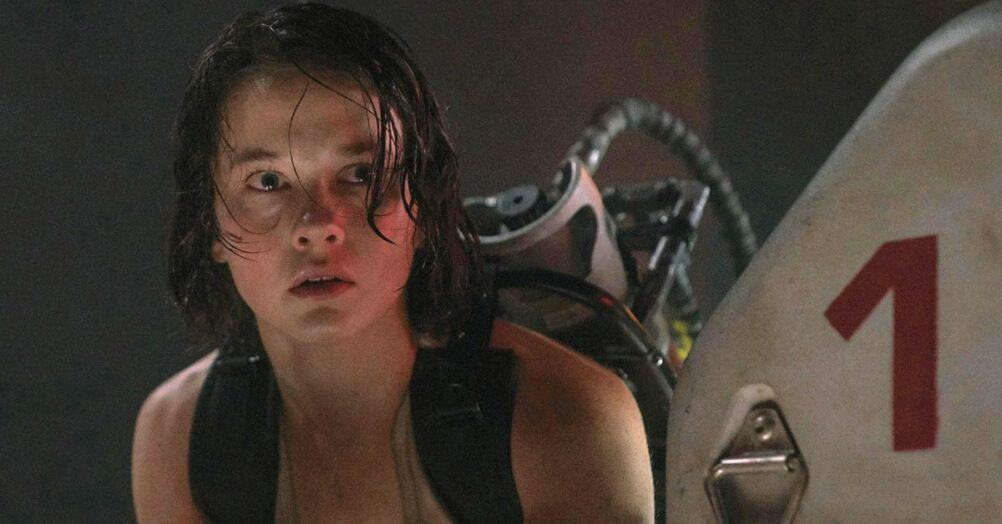


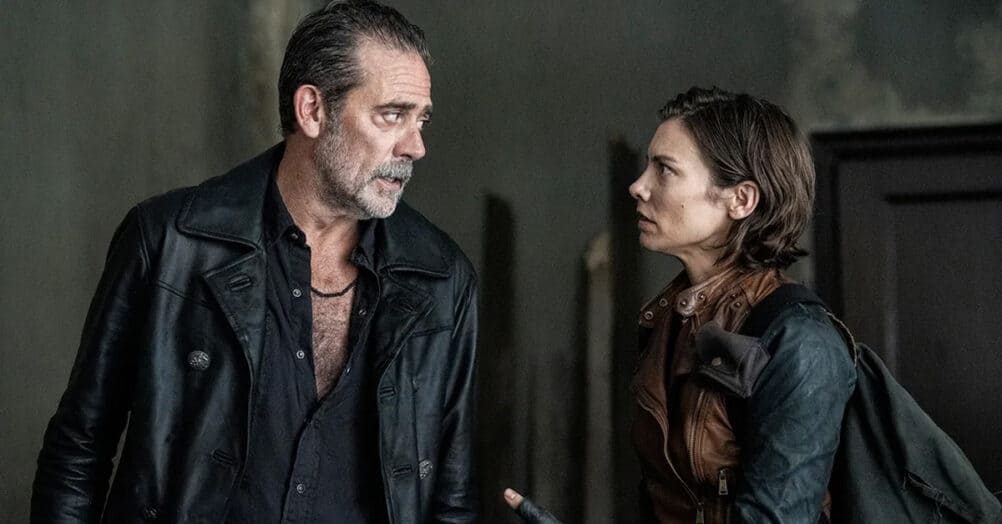
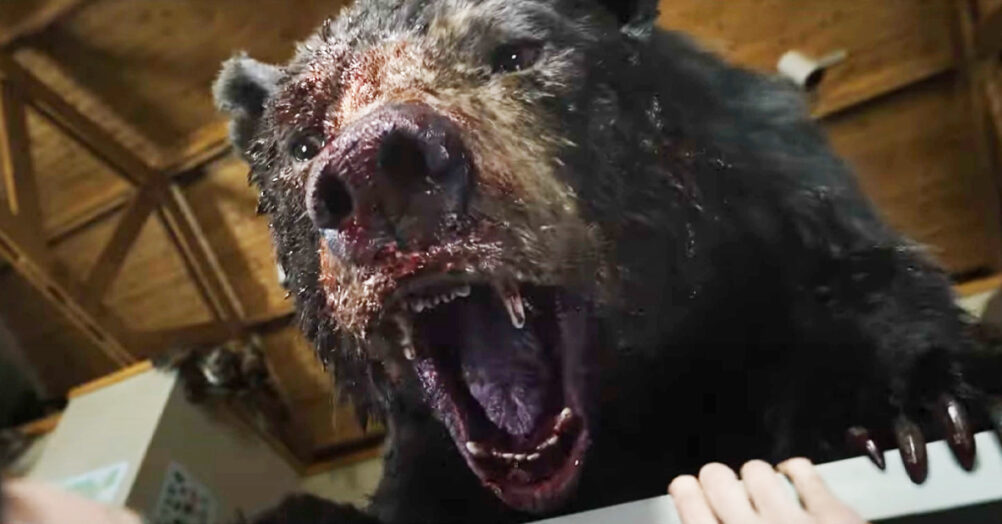

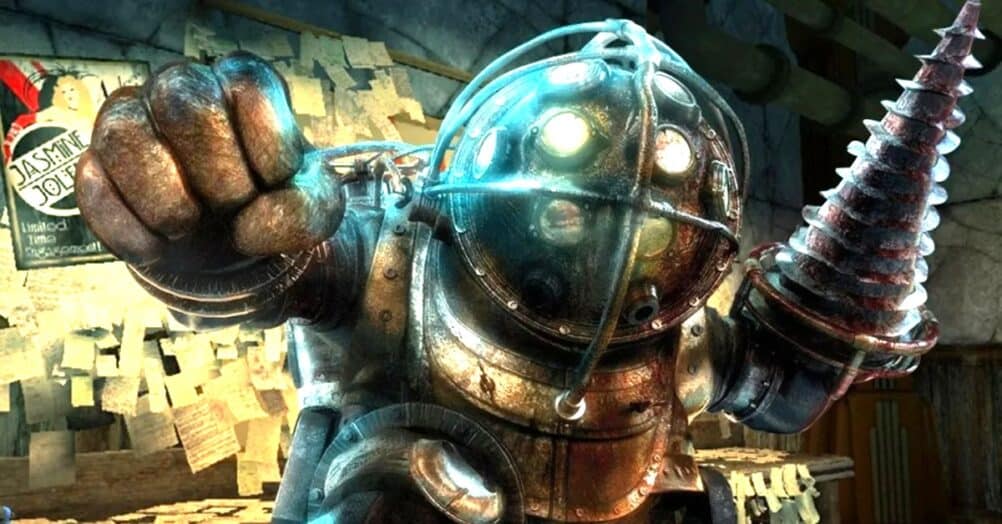
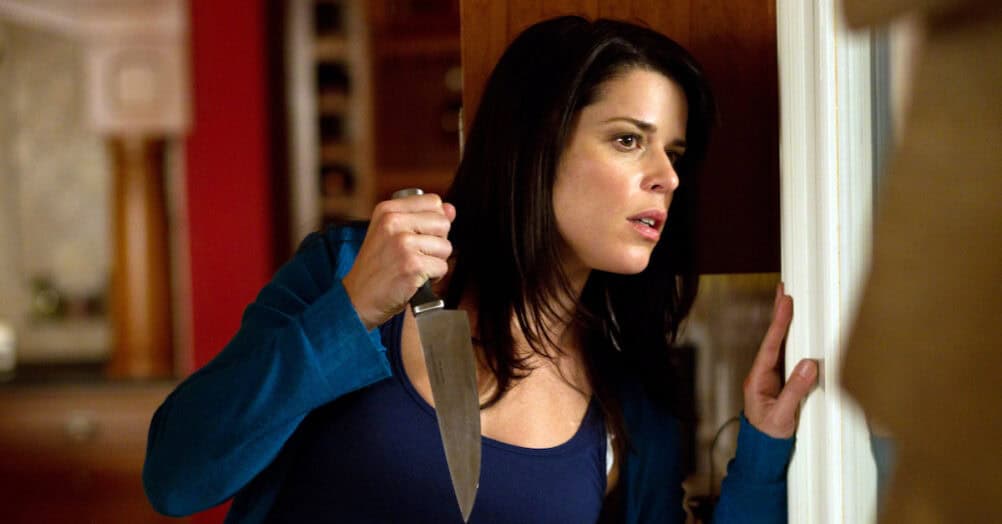


Follow the JOBLO MOVIE NETWORK
Follow us on YOUTUBE
Follow ARROW IN THE HEAD
Follow AITH on YOUTUBE